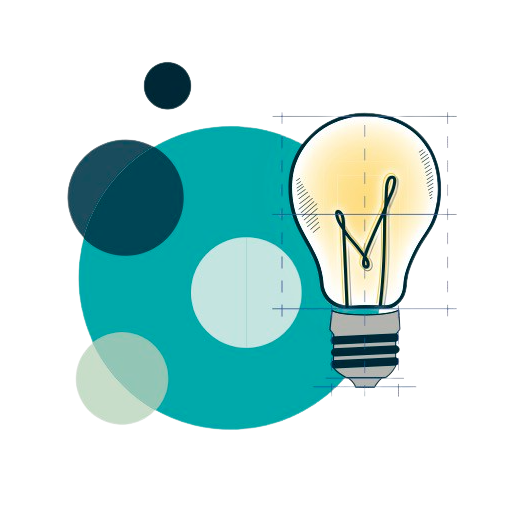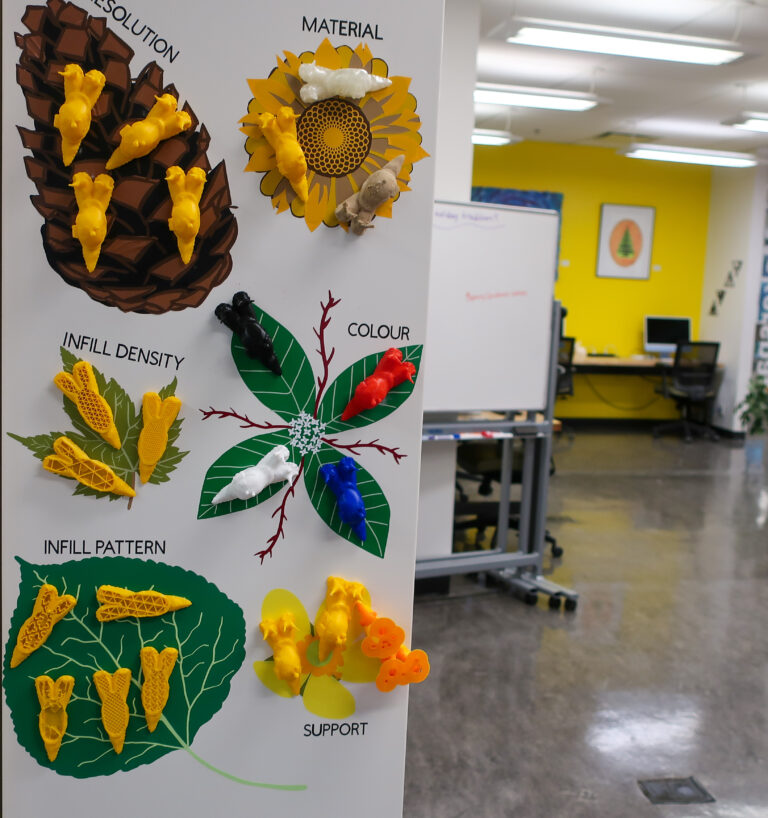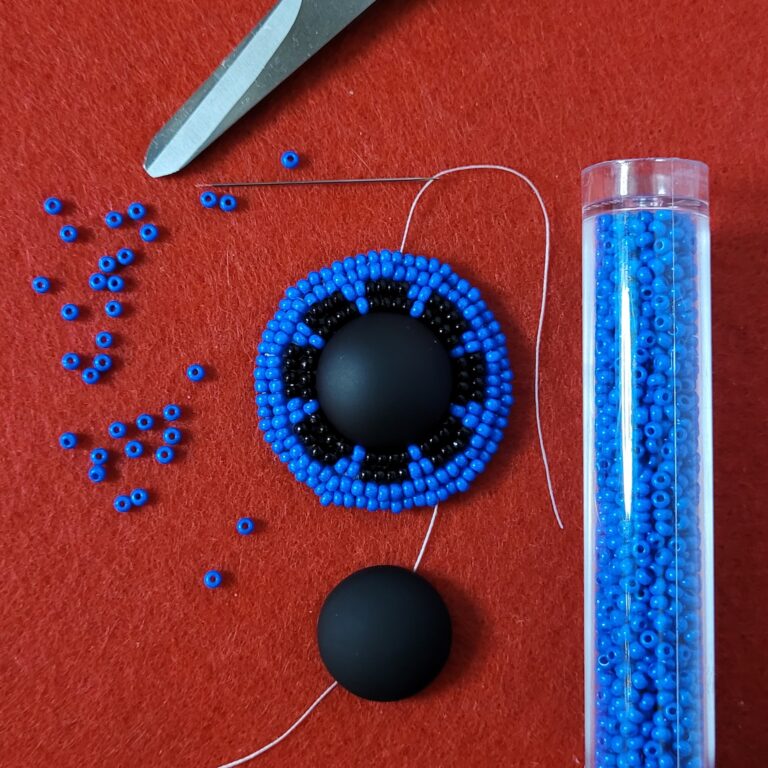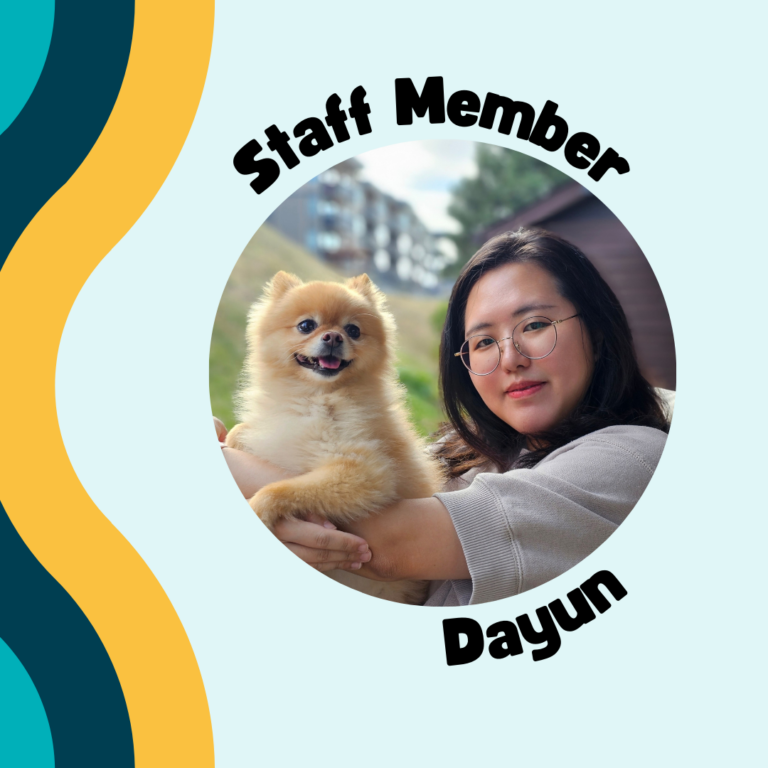Exploring Educational Learning Outcomes in a Makerspace
Hello/Weyt-k!
This blog post will be exploring Educational learning outcomes that can be found within many Makerspaces. This blog post will feature the University of Texas at Arlington’s FabLab, and comparing them to the Province of British Columbia’s Kindergarten to Grade 12 Curriculum; examining how Makerspaces can include facets learning already found in our Provincial Curriculum, and how universities can use Makerspaces as a part of course material integration. But first, it must be examined as to what the principles of a Makerspace are.
The Makerspace
The fundamental principle of a Makerspace can be completely summarised as “learning by doing.” This principle is seen in almost all Makerspaces across the world, with varying levels of implementation, integration, and permissiveness the users have within the space (i.e., rules, safety procedures, background training/instruction, etc.,). Learning by doing is arguably a fundamental principle in all facets of learning, especially in early childhood and adolescence. Traditional education centralises on a model of “banking,” where a master of knowledge attempts to ‘deposit’ knowledge to all students equally within a specific time frame. (Freire, 2000) Formal assessment is used to measure the retention of students’ of what was deposited. This model is disputed by several educational philosophers, including Paolo Friere and Bertrand Russel. Both similarly conclude that the role of the educator is to draw out knowledge from the students and their interpretation of the world, while simultaneously instilling a thirst for learning within the learner.
The objective of the Makerspace is to simply apply these principles in practice. Makerspaces provide a safe space that users can use to experiment and discover new technologies and projects without any prior background knowledge being necessary. The space is designed to encourage perseverance in the face of failure, instilling a mindset of growth and tenacity. The role of the Makerspace can be best summarised by Bertrand Russel: “Education is not to be viewed as something like filling a vessel with water but, rather, assisting a flower to grow in its own way.” (Chomsky, 2004, p. 38) Learning by doing allows users to grow and learn in their own means and capacity, with support being available when requested or required.
The British Columbia Kindergarten to Grade 12 Curriculum
The British Columbia school curriculum has evolved in recent years to accommodate a larger philosophy of student-lead learning. The BC Kindergarten to Grade 12 Curriculum model provides a basic framework to examining learning outcomes within a Makerspace. The principle of the BC K-12 curriculum is centralised on a “know-do-understand” model. This model, while designed for classroom education, provides an excellent model of thought for Makerspaces. Users can come in with whatever they know about a subject, technology, or project. By doing so, they become familiar with how to use the technology within their means and learn more about the purpose of the technology, as well as why this technology is beneficial to our world. Through this ‘doing’ they meet the concept of understanding. The BC K-12 model is intentionally subjective in using the “know-do-understand” model, allowing students/users to progress at their own rate, comfort, and ability. (Core Competencies | Building Student Success – B.C. Curriculum)
University of Texas at Arlington
Within the Makerspace community, one of the leading designs and implementations of Makerspaces has been the University of Texas at Arlington (UTA) libraries’ Makerspace; the UT Arlington FabLab. The UT Arlington Fablab focuses on promoting its ‘Maker Competencies.’ Some of these competencies include:
“Identify the need to invent, design, fabricate, build, re purpose, repair, or create a new derivative of some “thing” in order to express an idea or emotion, to solve a problem, and/or teach a concept,” “Explore the idea, question, and/or problem and potential solutions,” “Collaborate effectively with team members and stakeholders,” and “Be mindful of the spectrum of cultural, economic, environmental, and social issues surrounding making.” (Maker Competencies | Maker Literacies, UT Arlington FabLab)
These competencies arguably share many similarities to the BC K-12 Core Competencies, which focus on Communication, Thinking, and Personal and Personal & Social awareness/responsibility. The BC Curriculum outlines these Core Competencies as “students develop Core Competencies when they are engaged in the “doing” – the Curricular Competencies – within a learning area. As such, they are an integral part of the curriculum. While they manifest themselves uniquely in each area of learning, the Core Competencies are often interconnected and are foundational to all learning.” (“Core Competencies,” Province of British Columbia | Ministry of Education,). These shared similarities promotes two main ideas; the first being that our Provincial education system is adapting and evolving towards more progressive and student-oriented learning strategies, and the second being that students who enter a Makerspace modelled around the UTA-style competencies may have more understanding, willingness, and success from experiences within their BC K-12 education. For users who did not experience the BC curriculum, it is still possible to acquire the UTA-style competencies while using the space, since the competencies are oriented towards student-led learning, as well as by acquiring knowledgeable staff who are aware of these competencies and help users follow these competencies both directly and indirectly.
The Application of these competencies, and the adoption of both the BC curriculum Core Competencies and the UT Arlington Fablab competencies within the TRU Library Makerspace will provide users the opportunity to orient their experience to be more self lead in both learning and project creation/application. By integrating these competencies into the TRU Library Makerspace, users will hopefully gain more valuable experience and knowledge when working within the space, as well as develop and discover applications to their current studies, future studies, professional careers, or personal lives, by being inspired with a passion and desire for self-lead learning and learning by doing and trialing new concepts and materials. It is the The TRU Library Makerspace’s goal to also become more integrated within TRU courses and competencies, allowing for students to directly use the space at the benefit of course projects/assessments, working with professors and instructors to integrate resources found within the TRU Library Makerspace into course instruction activities and/or materials.
For more information about the University of Texas – Arlington Fablab, visit: https://library.uta.edu/makerliteracies/
For more information about the British Columbia K-12 Curriculum, visit: https://curriculum.gov.bc.ca/competencies
This Post was written and edited by Dalton Hargreaves, a Student Research Assistant at the TRU Library Makerspace and a 2nd year Bachelor of Education student studying to be a K-12 certified school teacher.
Sources:
Chomsky, N. (2004). Chomsky on Mis-Education. Rowman & Littlefield Publishers.
Freire, P. (2000). Pedagogy of the oppressed (30th anniversary ed). Continuum.
Province of British Columbia | Ministry of Education | Core Competencies | Building Student Success—B.C. Curriculum. (n.d.). Retrieved July 28, 2022, from https://curriculum.gov.bc.ca/competencies
UTA Libraries | UT Arlington FabLab | Maker Competencies | Maker Literacies. (n.d.). Retrieved July 28, 2022, from https://library.uta.edu/makerliteracies/competencies







